Top 10 Trends and Innovations in Biomass Energy Shaping Our Future
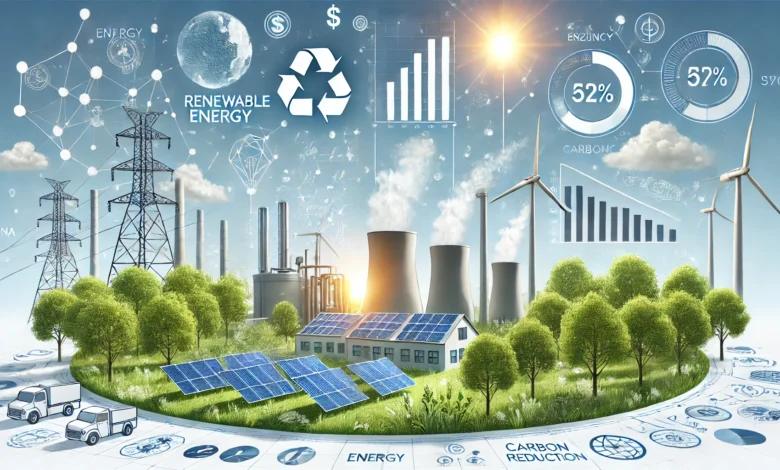
As the world shifts toward sustainability, Biomass Energy has emerged as a key player in the renewable energy sector. With continuous advancements in new renewable technologies, biomass offers promising solutions for reducing carbon footprints and enhancing energy efficiency. This article explores the latest renewable energy technology and breakthroughs shaping the future of Biomass Energy.
Contents
- 1 1. Advanced Biomass Gasification Systems: Transforming Waste into Energy
- 2 2. Bioenergy Carbon Capture and Storage (BECCS): A Negative Emissions Solution
- 3 3. Waste-to-Energy (WTE) Technologies: Converting Trash to Power
- 4 4. Biomass Pellets for Heating and Power: Compact and Efficient
- 5 5. Algae-Based Biofuel Innovations: Sustainable Liquid Fuels
- 6 6. Hybrid Biomass Systems: Combining Energy Sources for Efficiency
- 7 7. Microbial Fuel Cells (MFCs): Power from Organic Waste
- 8 8. Pyrolysis for Bio-Oil Production: Turning Biomass into Liquid Fuel
- 9 9. Biogas Upgrading Technologies: Cleaner and Greener Gas Solutions
- 10 10. Smart Biomass Grids: Intelligent Energy Distribution
- 11 Biomass Energy in Numbers-Trends and Forecasts
- 12 Challenges Ahead and Opportunities to Shape the Future
- 13 Top Insights Driving Biomass Energy Trends
- 14 Steps You Can Take to Embrace Biomass Energy
1. Advanced Biomass Gasification Systems: Transforming Waste into Energy
Biomass gasification is revolutionizing the renewable energy landscape by converting organic materials into syngas, a clean and versatile fuel source. This new energy technology reduces waste while maximizing energy output, making it a cornerstone of modern biomass energy systems.
Benefits:
- Higher energy conversion efficiency with minimal emissions.
- Utilization of agricultural and forestry residues reduces waste.
- Provides a scalable and cost-effective energy solution.
2. Bioenergy Carbon Capture and Storage (BECCS): A Negative Emissions Solution
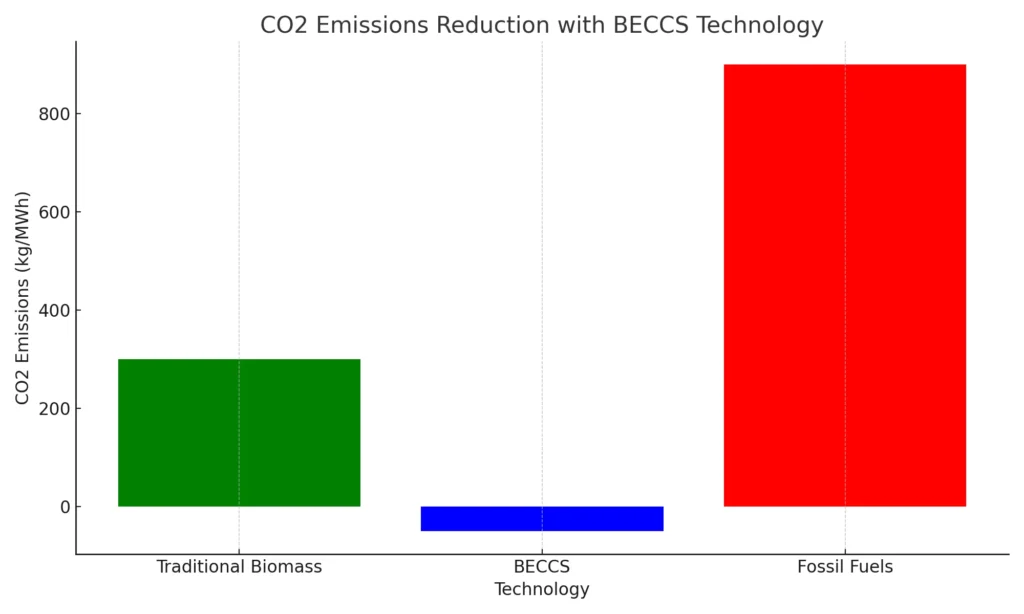
BECCS combines Biomass Energy with carbon capture technology to remove CO2 from the atmosphere. By capturing carbon during biomass combustion, it creates a net-negative emissions process.
Features:
- Helps combat climate change effectively by removing carbon.
- Aligns with global technological advances in renewable energy.
- Demonstrates scalability for industrial applications.
3. Waste-to-Energy (WTE) Technologies: Converting Trash to Power
Waste-to-energy systems convert municipal waste into usable energy, minimizing landfill dependency and reducing environmental pollution. These energy power technology examples showcase circular economy principles.
Innovative Features:
- Reduces landfill waste and methane emissions.
- Generates electricity and heat from biodegradable materials.
- Promotes resource recovery and sustainability.
4. Biomass Pellets for Heating and Power: Compact and Efficient
Biomass pellets are compact, energy-dense fuels made from organic materials like wood and agricultural residues. These fuels are increasingly used in industrial and residential heating applications.
Why It Matters:
- Affordable and renewable source of energy.
- Emits significantly lower carbon compared to fossil fuels.
- Offers easy storage, transportation, and usability.
5. Algae-Based Biofuel Innovations: Sustainable Liquid Fuels
Algae biofuel represents one of the newest renewable energy technologies due to its rapid growth rate, high oil yield, and sustainability.
Advantages:
- Produces biofuel without competing with food crops.
- High energy yield per acre enhances scalability.
- Can be cultivated in wastewater or saline water, promoting resource efficiency.
6. Hybrid Biomass Systems: Combining Energy Sources for Efficiency
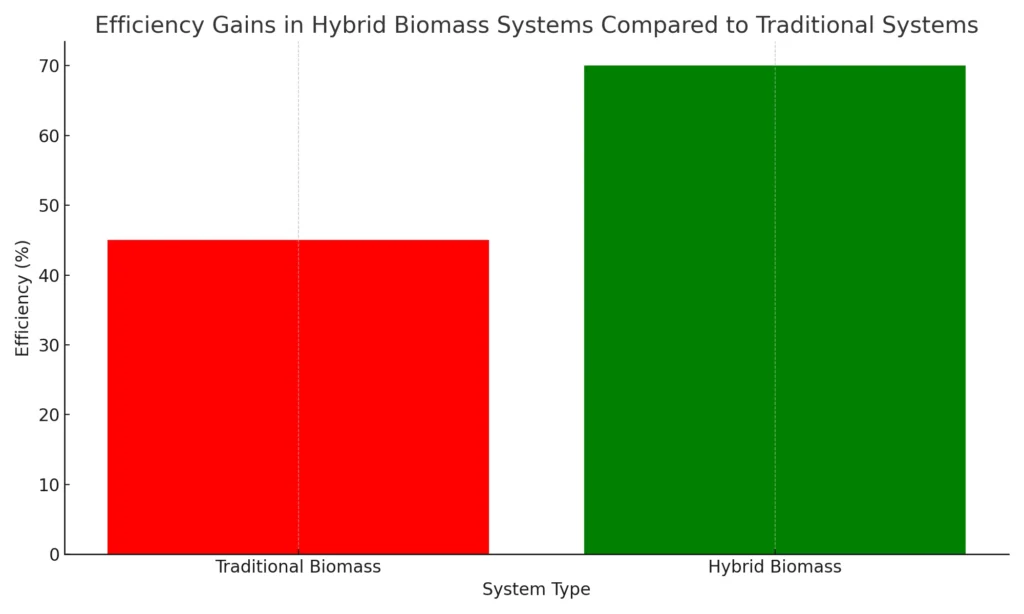
Hybrid systems integrate biomass energy with solar, wind, or hydro energy, ensuring consistent energy output and sustainability.
Impact on Energy Markets:
- Diversifies renewable energy portfolios.
- Ensures reliability by combining complementary energy sources.
- Reduces dependency on fossil fuels.
7. Microbial Fuel Cells (MFCs): Power from Organic Waste
MFCs leverage bacteria to generate electricity from organic materials, showcasing cutting-edge technological advances in renewable energy.
Benefits:
- Eco-friendly and low-cost energy solution.
- Suitable for wastewater treatment plants and industrial applications.
- Generates bioelectricity while managing organic waste.
8. Pyrolysis for Bio-Oil Production: Turning Biomass into Liquid Fuel
Pyrolysis is a thermal decomposition process that converts biomass into bio-oil, providing a sustainable alternative to fossil fuels.
Why It’s Trending:
- Produces liquid fuels compatible with current infrastructure.
- Captures carbon during processing, reducing emissions.
- Supports a sustainable energy transition.
9. Biogas Upgrading Technologies: Cleaner and Greener Gas Solutions
Upgraded biogas, or biomethane, can replace natural gas in pipelines, offering scalable applications in transportation, heating, and power generation.
Advantages:
- Fully compatible with existing gas networks.
- Reduces methane emissions, supporting climate goals.
- Provides energy storage and off-grid solutions.
10. Smart Biomass Grids: Intelligent Energy Distribution
Smart grids integrate biomass energy into modern power systems, ensuring optimized energy distribution and enhanced efficiency.
Future Applications:
- Enables real-time monitoring and management using AI technologies.
- Improves grid reliability and stability.
- Promotes decentralized energy systems for sustainable growth.
Biomass Energy in Numbers-Trends and Forecasts
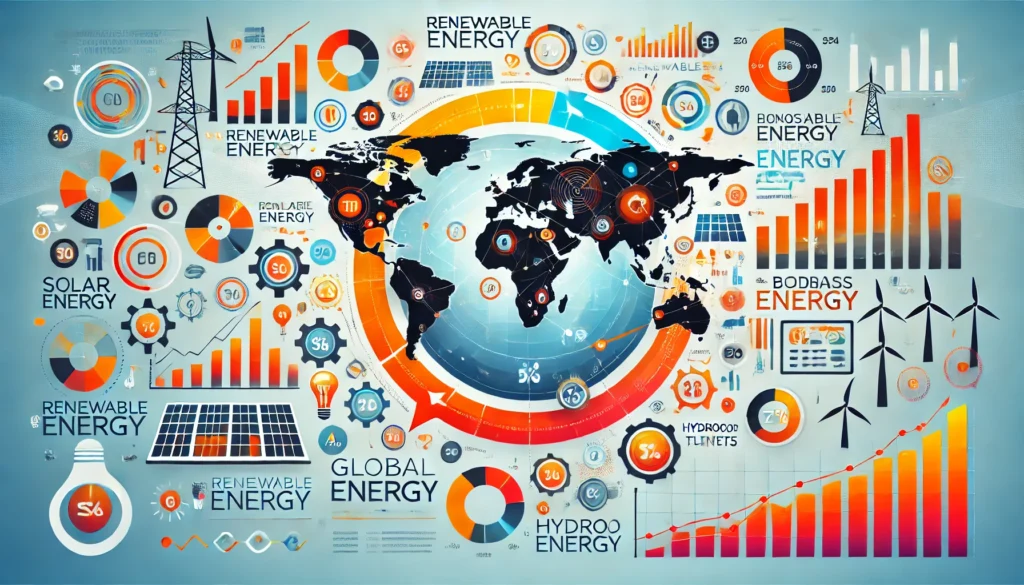
“By 2030, biomass energy is expected to contribute to 15% of global renewable energy production.” (IEA – International Energy Agency)
“Global biomass energy capacity is projected to grow by 50% between 2023 and 2030, reaching approximately 200 GW.” (REN21 Global Status Report)
“Biomass currently accounts for about 10% of the world’s total energy supply and is expected to increase with advanced technologies.” (World Bioenergy Association)
“By utilizing advanced technologies, biomass power plants can achieve energy conversion efficiencies of up to 85%.” (U.S. Department of Energy)
“The global biomass energy market size was valued at $50 billion in 2022 and is projected to surpass $80 billion by 2030.” (Fortune Business Insights)
Challenges Ahead and Opportunities to Shape the Future
While the new technology renewable energy sector, particularly biomass energy, is advancing rapidly, challenges like scalability, costs, and policy support remain. However, these issues also present opportunities for further innovation.
Top Insights Driving Biomass Energy Trends
The evolution of biomass energy highlights its potential to address global energy demands sustainably. From waste-to-energy systems to bioenergy carbon capture, these topics in renewable energy reflect a shift toward greener technologies.
Steps You Can Take to Embrace Biomass Energy
Are you ready to embrace the future of renewable energy? Start exploring these ideas for renewable energy and take action to integrate sustainable technologies into your business or home. Together, we can shape a cleaner and more sustainable future!
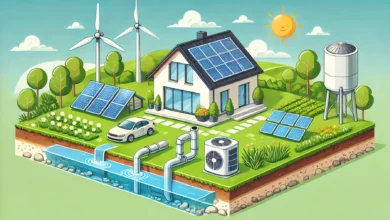
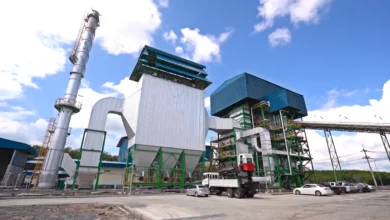
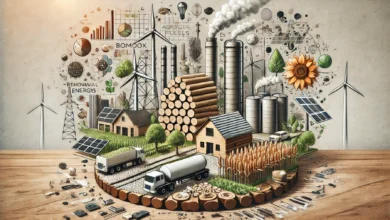
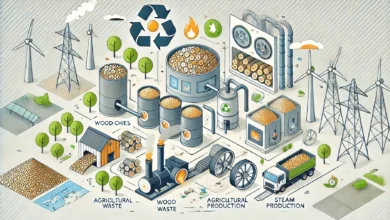
The information provided is highly useful and informative, Thank you very much